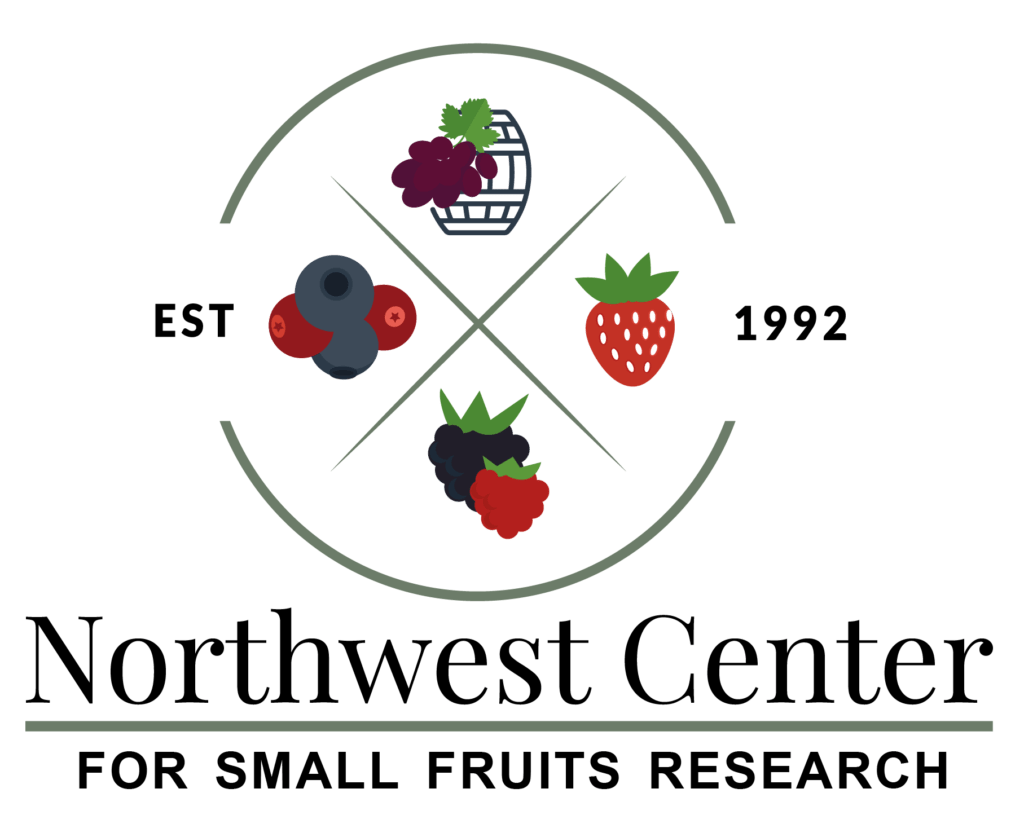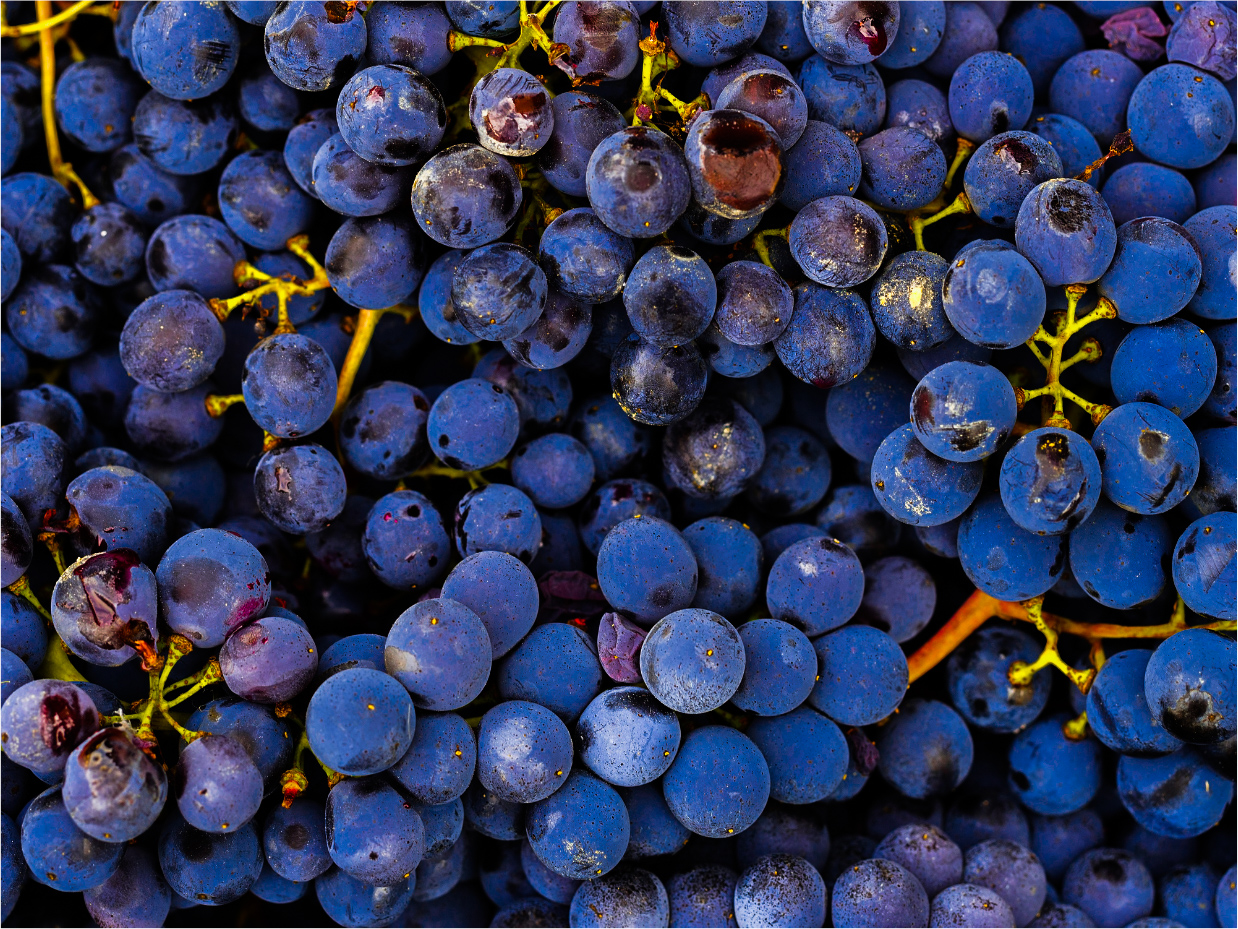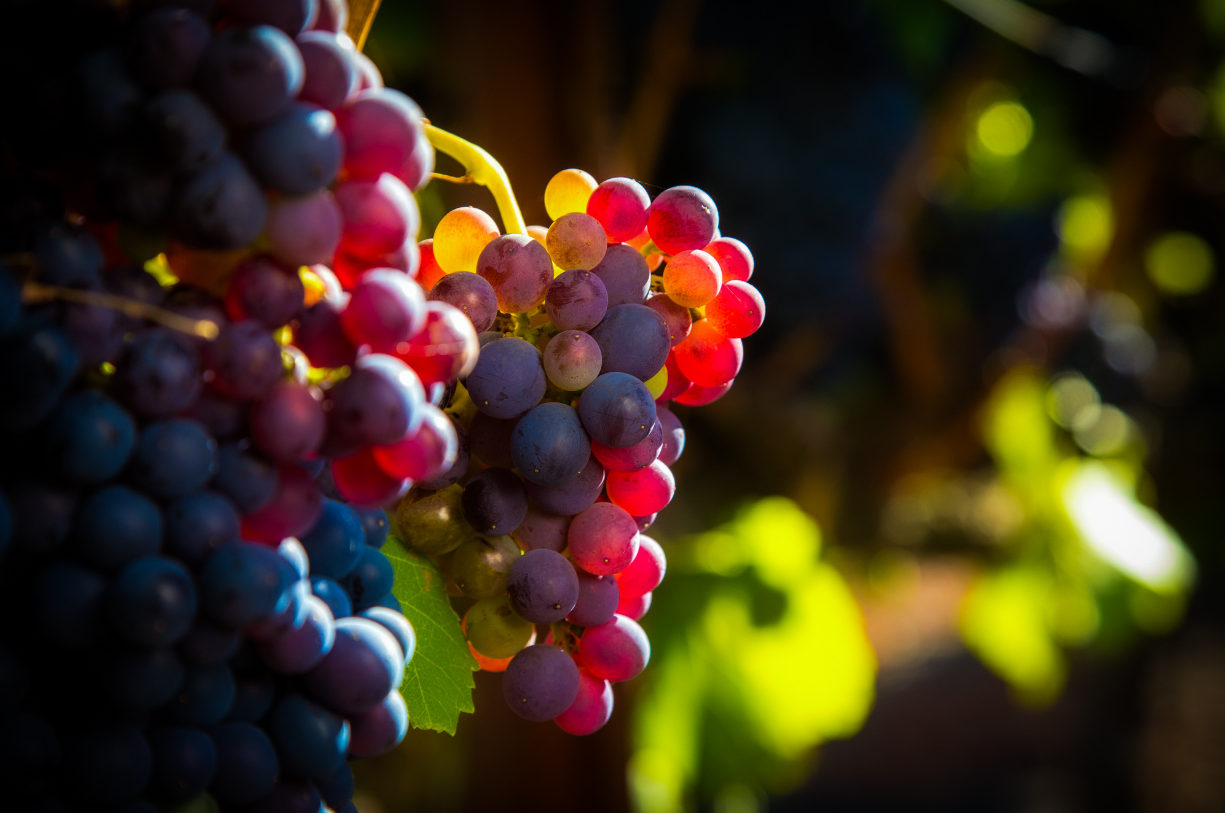Organic Management of Raspberry Root Rot
There is increased interest among growers to explore organic options for controlling raspberry root rot. Beginning fall 1999, a 3-year study was conducted at WSU Vancouver Research and Extension Unit (VREU) looking at Trichoderma, Gliocladium and manure as possible components of an integrated program for disease control. Untreated control plots and Ridomil applied plots were compared with the organic options. In 2002, a new study was established at this site to further investigate options for controlling root rot organically. These two studies have been carried out on our commercial field of ‘Meeker’ that was established in 1997 on raised beds with drip irrigation.





